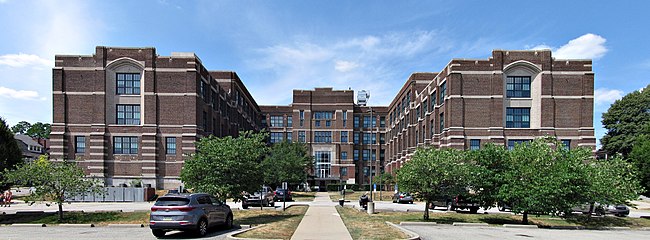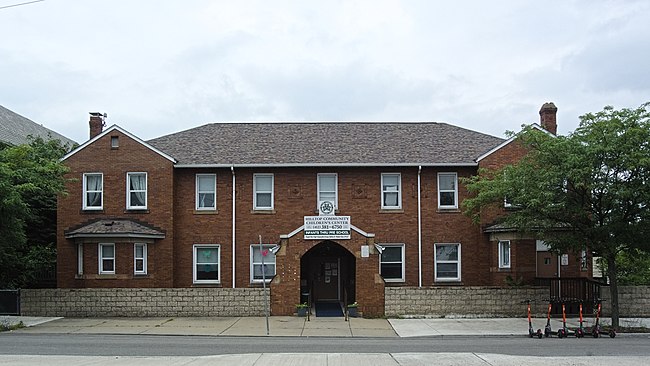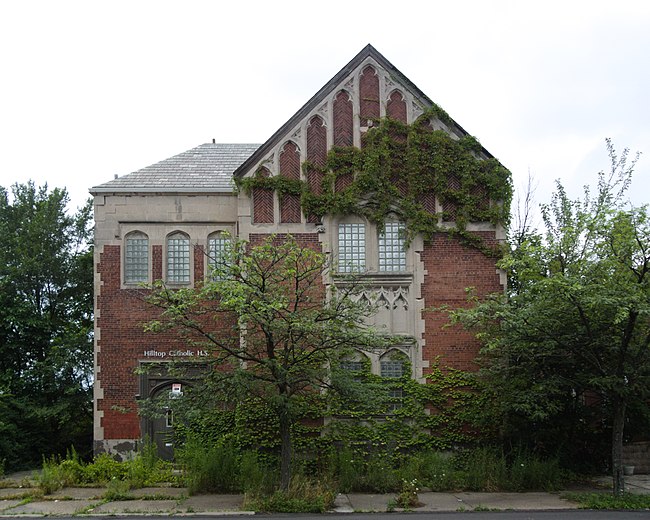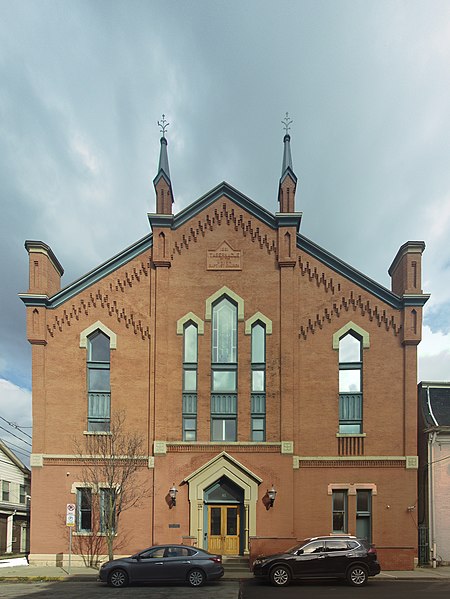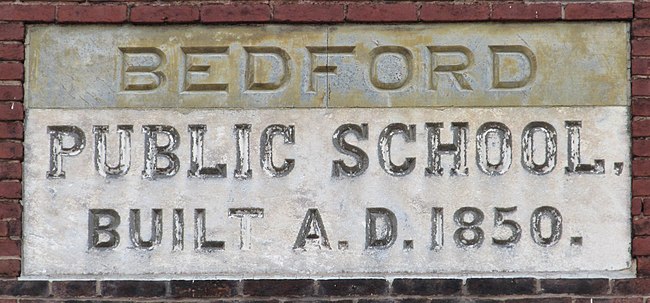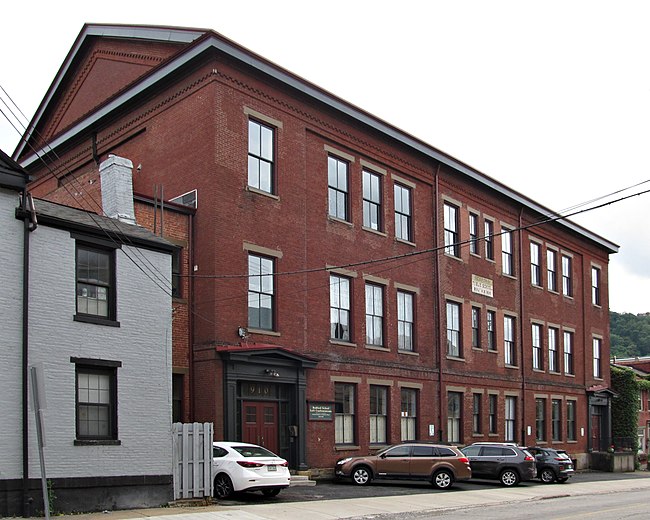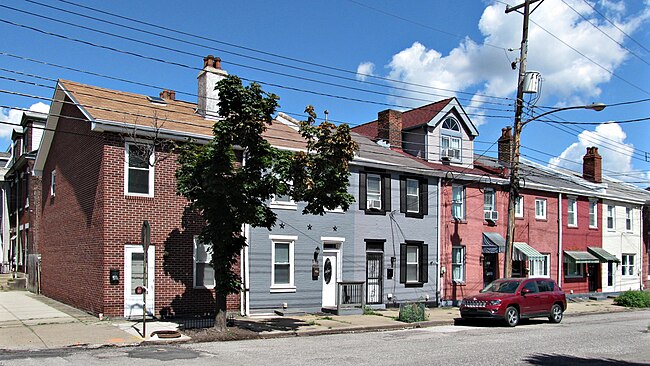

These houses on South 26th Street are more than 150 years old, and nobody cares. That is one of the fascinating and delightful things about the South Side: you have to discover history for yourself, because history is not labeled and pickled in brine for you here.
As of this year, the South Side has been part of Pittsburgh for a century and a half. In 1872, the boroughs of South Pittsburgh, Birmingham, East Birmingham, and Ormsby were taken into the city. Since then quite a lot has changed, but it’s surprising how much has not changed. Father Pitt has decided to celebrate the 150 years of the South Side by looking for the things that were there in 1872 and are still there now. In the coming weeks you’ll see quite a few more remnants of old Birmingham and East Birmingham.
But how do we know which buildings date from that era? The Pittsburgh Historic Maps site is Father Pitt’s favorite research tool. You can look at a detailed house-by-house map from 1872, and then switch to a current satellite view. Many familiar shapes will appear on both maps. This row of once-identical houses is one of them.

Most of the oldest houses on the South Side are fairly modest, and these were more modest than most. In the years since they were built, each house has had its separate adventures. Today they all look different, each one bearing alterations from different eras. One of them has sprouted an outsized dormer that gives it a third floor. One has ornamental shutters by the windows. One has star bolts holding it together. One has smaller horizontal windows upstairs. Two of them have mid-twentieth-century picture windows in the front parlors. Two have aluminum awnings. Several have had the front doors reconfigured, losing the wooden doorframe and transom.

There were originally two identical rows of seven houses in this block of 26th Street, separated by the alley (Larkins Way). The second row is down to four houses now, all of which have been through similarly various adventures.
But if we put all these houses together in our minds, we can come up with the Platonic ideal of the South Side rowhouse of the middle 1800s. This is what we’ll be doing as we celebrate 150 years of the South Side: looking through the modern accretions to find the Birmingham and East Birmingham (and maybe South Pittsburgh and Ormsby) of a century and a half ago.



